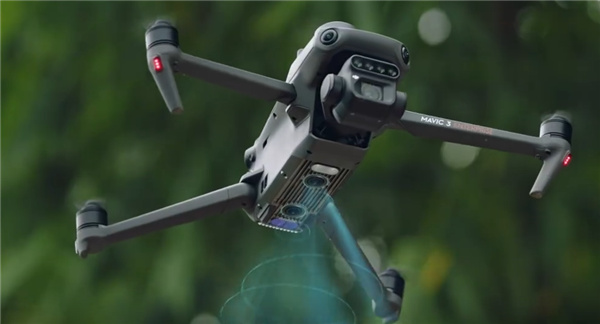The integration of drones within military operations has become a pivotal factor in modern warfare, revolutionizing how armies strategize and execute missions. Drones, or unmanned aerial vehicles (UAVs), are increasingly utilized for surveillance, reconnaissance, and even combat roles, providing distinct advantages to military forces worldwide. Exploring the role of drones in military strategies offers insights into their capabilities and impact on security paradigms.
One primary area where drones excel is surveillance. Their ability to hover over regions for extended periods allows militaries to gather critical intelligence without risking personnel. High-resolution cameras and sensors aboard these machines feed real-time data to command centers, facilitating informed decision-making.
Furthermore, the application of drones in reconnaissance missions furnishes commanders with detailed terrain information, enemy movements, and potential threats. This data is crucial for strategizing troop placements and resource allocation.
Combat Capabilities
Certain drones are equipped to carry weaponry, allowing them to participate actively in combat operations. These armed drones can precisely target adversaries, potentially reducing collateral damage and enhancing mission success rates. The strategic deployment of such drones not only augments existing military tactics but also introduces new methods of warfare that prioritize efficiency and safety.
and safety.
In addition to direct warfare applications, drones provide logistical support, such as delivering supplies to remote units or conducting search and rescue operations in hostile environments—tasks traditionally fraught with risk and named for human involvement.
Adaptability and Technological Evolution
As technologies evolve, so do the capabilities of drones. Today’s drones benefit from advancements in AI and machine learning, providing them with enhanced navigation, target identification, and autonomous decision-making abilities. This evolution not only enhances their operational effectiveness but also broadens their potential applications within defense strategies.
Ethical and Strategic Considerations
The deployment of drones in military settings raises ethical questions regarding privacy and the potential for misuse. While they offer significant strategic advantages, these concerns must be addressed to maintain ethical standards and control over their use in international affairs. Moreover, their presence has necessitated the development of counter-drone technologies, highlighting an ongoing arms race in defense capabilities.
FAQs
- Can drones replace traditional combat methods?
While drones provide significant advantages, they cannot entirely replace traditional methods, which still hold importance in complex and direct combat scenarios. - What are some limitations of military drones?
Challenges include weather restrictions, signal jamming, and ethical dilemmas related to their use in civilian areas. - How are drones impacting modern warfare?
Drones introduce new dimensions to warfare strategies, emphasizing precision, reduced casualties, and enhanced intelligence-gathering capabilities.